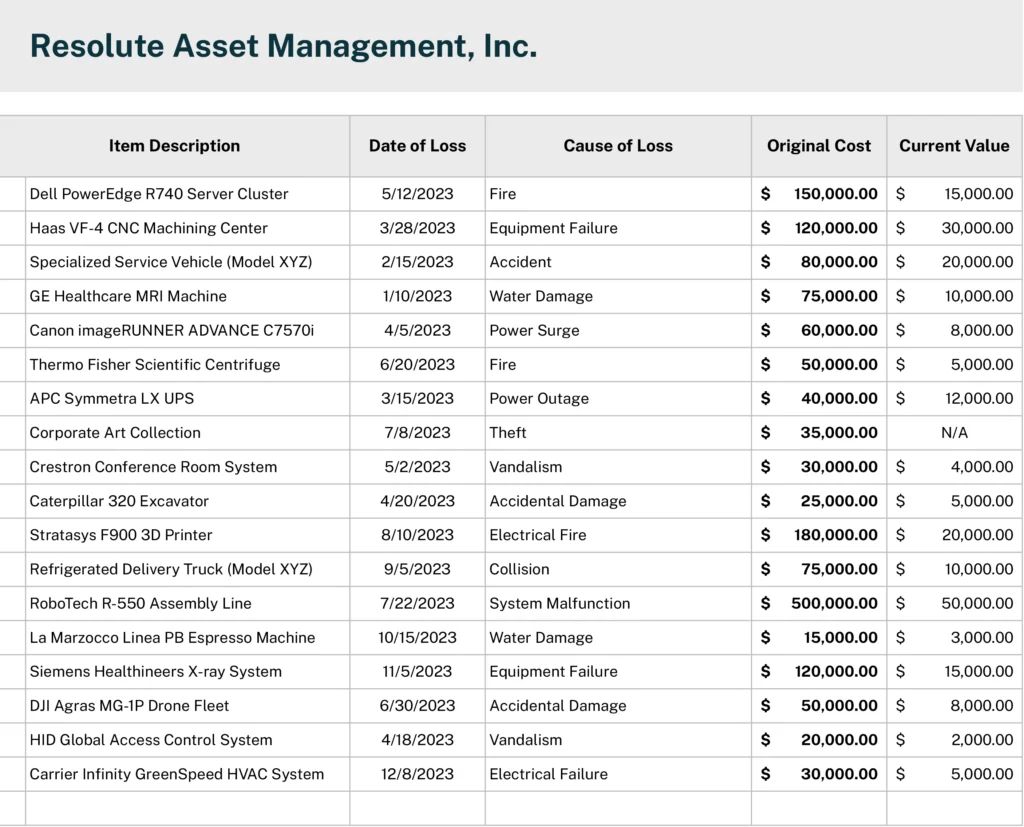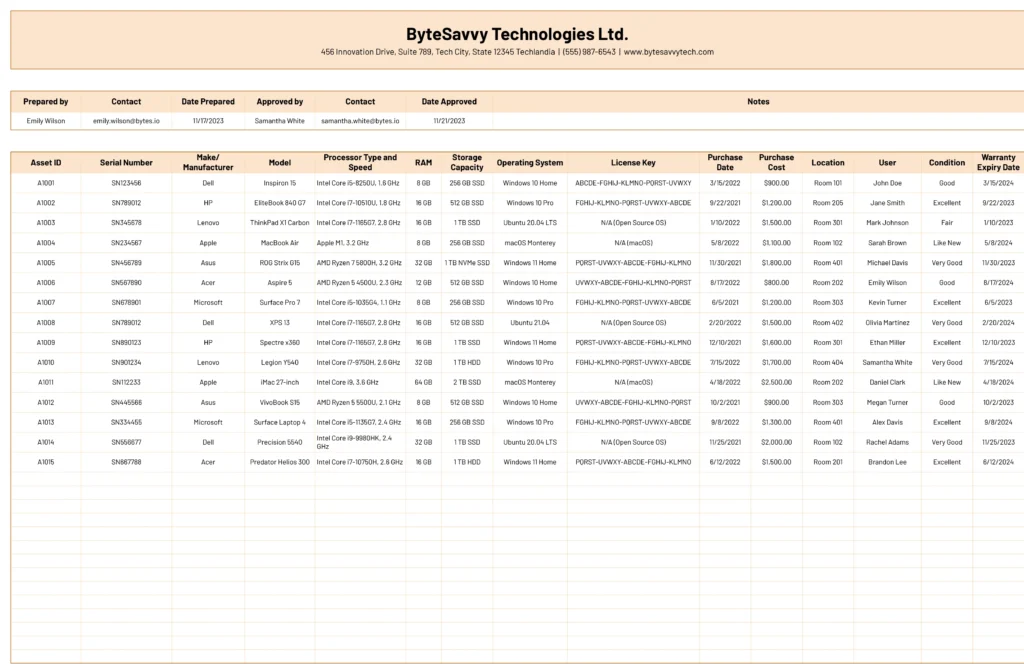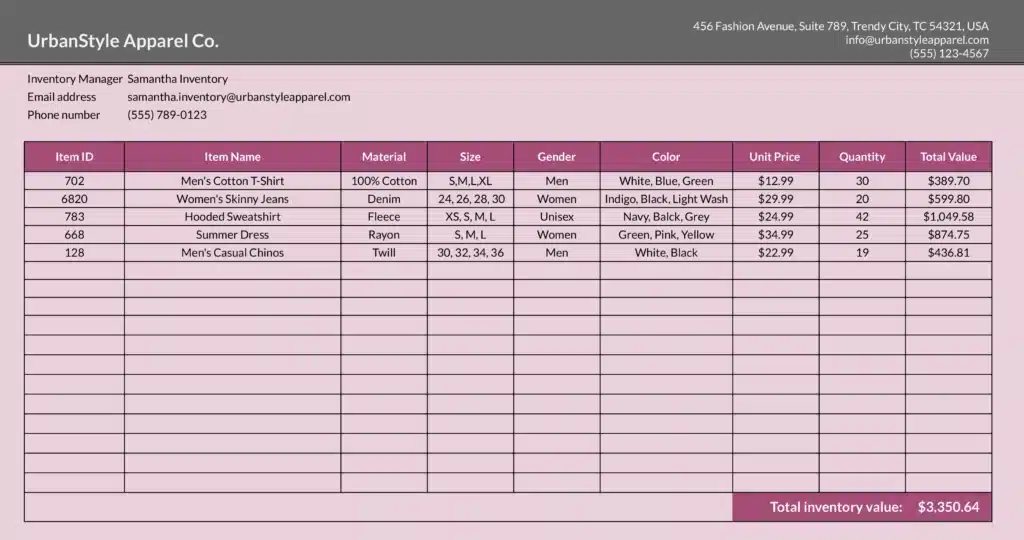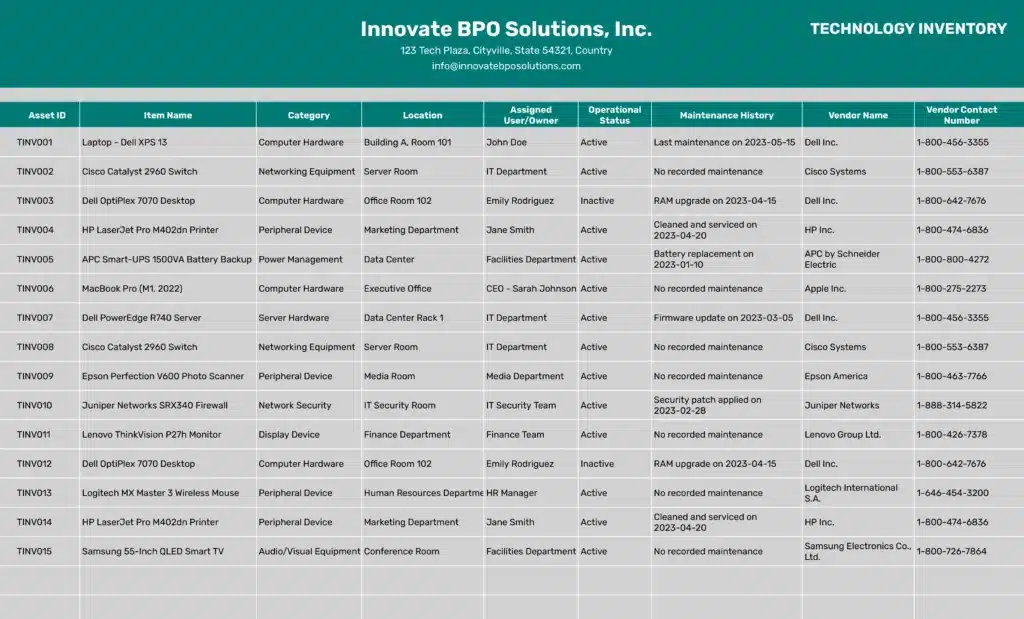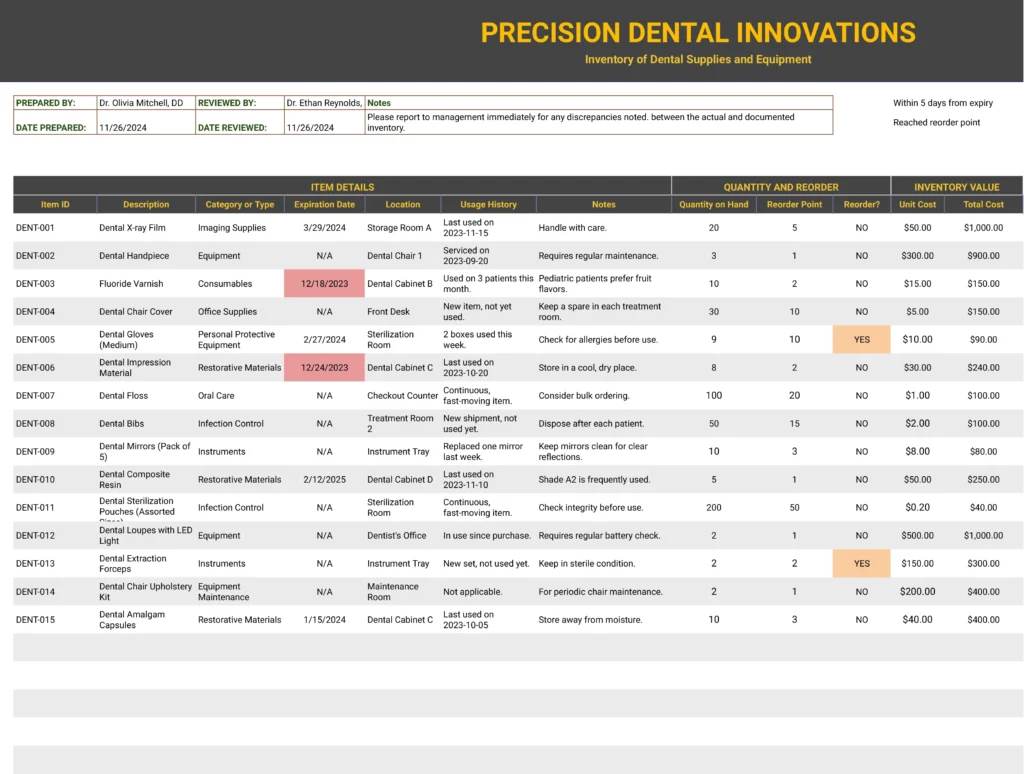
Total Loss Inventory List Template
Effortlessly organize your insurance claim with our Total Loss Inventory List Template for spreadsheets. Download now for hassle-free claim processing.


More Inventory List Templates
Advanced Excel & Sheets Templates with Live Business Data


Analysis Template
Compare monthly results for pipeline creation, win rates, average deal age, and…


Dashboard Template
With its intuitive design and powerful social media insights, make informed decisions…


Manager Dashboard
Track KPIs, monitor team performance, and automate HubSpot reporting.


Performance Template
Keep track of your website's traffic growth and overall performance with this…


Cashflow Template
Tracks sources of cash inflows and outflows and categorize them into operating,…
Browse Other Templates


